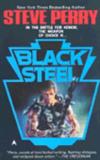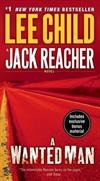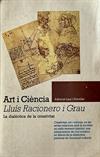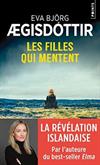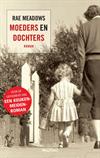
A Passage to India
by E.M. Forster | Literature & Fiction | This book has not been rated.
ISBN: 0140274235 Global Overview for this book
ISBN: 0140274235 Global Overview for this book
1 journaler for this copy...
Journal Entry 1 by goatgrrl from New Westminster, British Columbia Canada on Tuesday, January 18, 2005
 This is a wonderful book! Written between 1913 - 1924, A Passage to India has been described as E.M. Forster’s "masterpiece". Set in the fictional city of Chandrapore (modelled on Bankipore, a British Civil Station adjacent to the city of Patna which Forster visited in 1913) and the Barabar Hills, the novel was first received as a political statement. (Not surprising, since the period during which it was written included WWI, M.K. Gandhi's arrival in India, enactment of unpopular anti-rebellion legislation, the Amritsar Massacre and the first stages of the civil disobedience movement.) Early readers and critics were chiefly concerned with whether Forster's unflattering treatment of the Anglo-Indian community was "fair". Later readers have focused on the more timeless themes around which the novel is constructed -- colonialism and the possibility -- or impossibility -- of meaningful human connection across vast gulfs of race, religion and social class.
This is a wonderful book! Written between 1913 - 1924, A Passage to India has been described as E.M. Forster’s "masterpiece". Set in the fictional city of Chandrapore (modelled on Bankipore, a British Civil Station adjacent to the city of Patna which Forster visited in 1913) and the Barabar Hills, the novel was first received as a political statement. (Not surprising, since the period during which it was written included WWI, M.K. Gandhi's arrival in India, enactment of unpopular anti-rebellion legislation, the Amritsar Massacre and the first stages of the civil disobedience movement.) Early readers and critics were chiefly concerned with whether Forster's unflattering treatment of the Anglo-Indian community was "fair". Later readers have focused on the more timeless themes around which the novel is constructed -- colonialism and the possibility -- or impossibility -- of meaningful human connection across vast gulfs of race, religion and social class. Many of the characters in the novel are said to have been based on Forster's real-life acquaintances. Dr. Aziz was apparently modeled on Syed Ross Masood, Forster's longtime friend, to whom the book is dedicated. The character of Cyril Fielding embodies many of Forster's own reactions to the attitudes and events of the time. Adela Quested, on the other hand, seemed to me a Forsterian "stock character" -- very similar in her attitudes, challenges and aspirations to Lucy Honeychurch in A Room With a View.
Aside from its vivid portrayal of a very particular place and time, I think the most memorable aspect of this novel are Forster's subtle, recurrent psychological insights. As in A Room With a View, the plague of the "muddle" arises (as novelist Zadie Smith puts it in her article Love, Actually, "Forster's folk are famously always in a muddle: they don't know what they want or how to get it"). "India's a muddle", observes Forster through the character of Cyril Fielding. And observations like "he had been working the incident a little in his mind, to get rid of its roughnesses" (p. 153) seemed so startlingly, intimately familiar to me, I felt grateful to Forster for putting this habit into words.
Salman Rushdie's award-winning Midnight's Children, which I read a few weeks before A Passage to India, provides an interesting counterpoint to Passage -- it covers some of the same historical terrain, though from the point of view of an Indian character.
E.M. Forster's other novels include Where Angels Fear to Tread (1905), The Longest Journey (1907), A Room with A View (1908), Howards End (1910) and Maurice (published posthumously).
Journal Entry 2 by goatgrrl from New Westminster, British Columbia Canada on Thursday, February 3, 2005
I gave A Passage to India to my friend Penny, to read and pass along to whomever she would like when she's finished. Happy reading, Penny!

